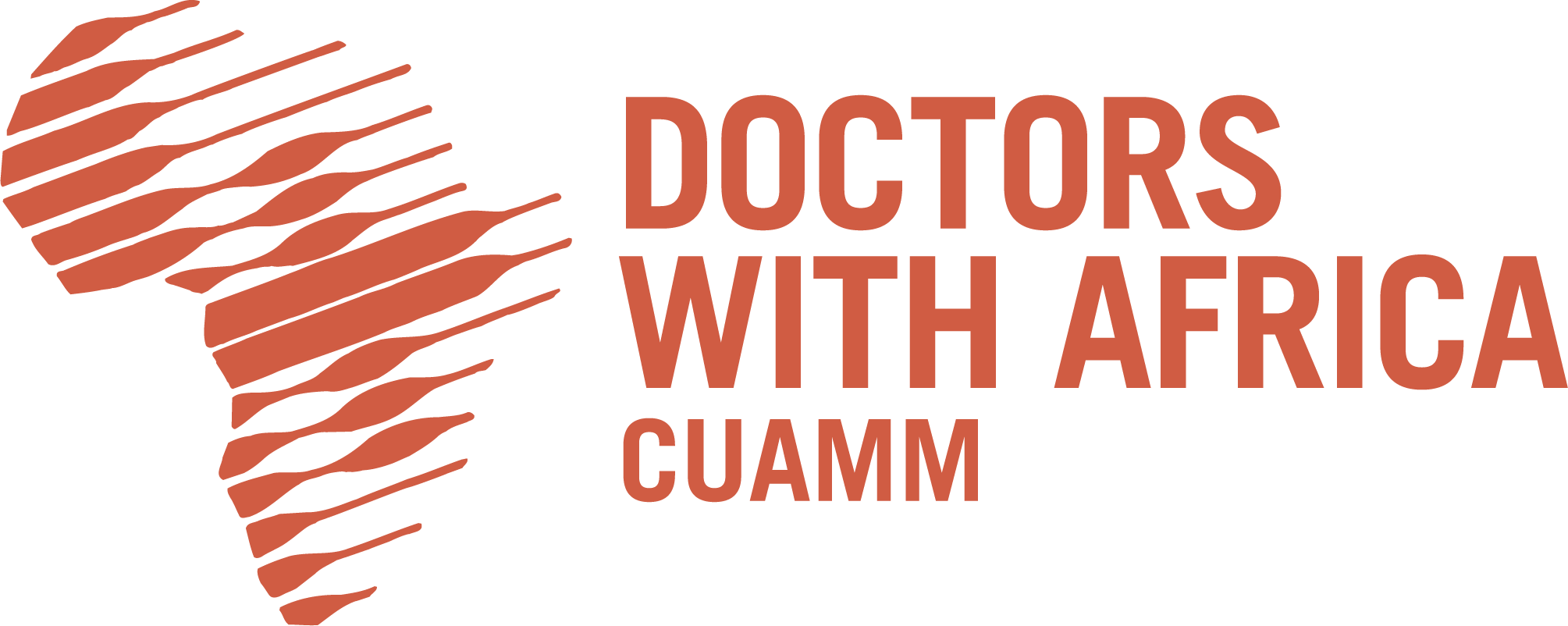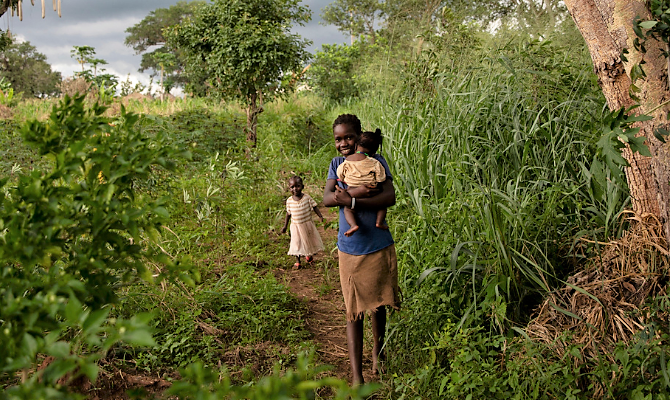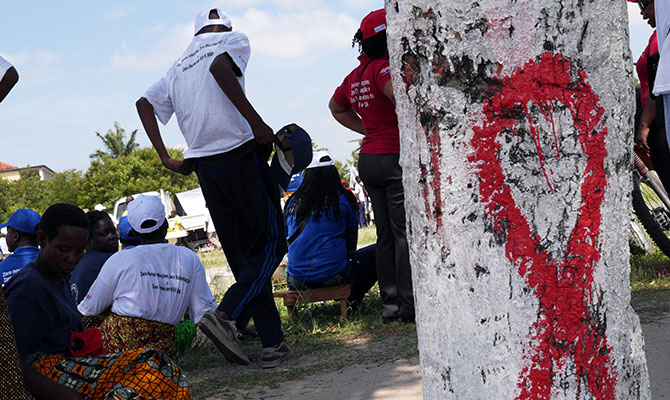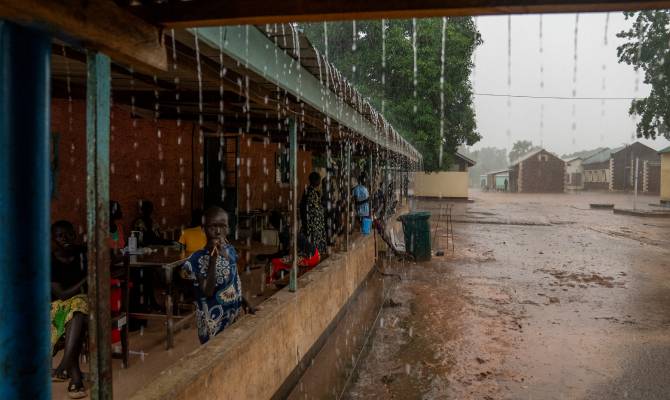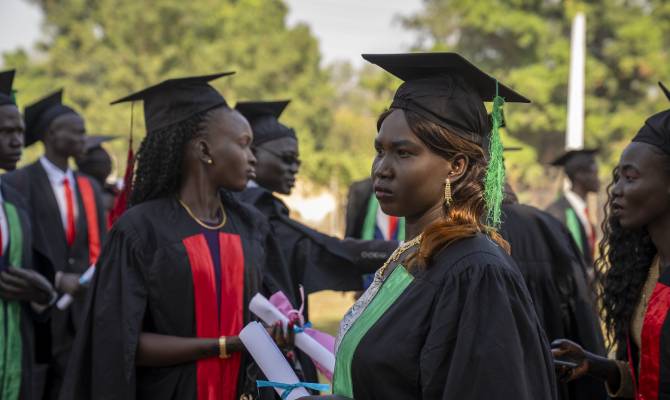Neglected tropical diseases affect over a billion people in 149 countries around the world, but the shadow that covers them shows us that despite the extraordinary advances that medicine and science have made in recent decades, there is still a long way to go. Says Mariam, the mother of one of the youngest victims of Nodding Syndrome in South Sudan, after losing three of her children to this same disease, “We know so little about the disease; what to do, what to avoid. It’s heartbreaking”.
Several years after it was first reported, a severe form of debilitating epilepsy of unknown etiology continues to plague communities in the state of Western Equatoria in South Sudan, and still perplexes the entire scientific community. Its classification is based on a troubling combination of symptoms, including repetitive nodding of the head and impaired motor and brain function, which often force children to drop out of school and slowly deteriorate, often leading to premature death. The disease, first documented in Tanzania in the 1960s, then in Sudan in the 1990s and in northern Uganda in 2007, has recently been dubbed Nodding Syndrome.
World Neglected Tropical Diseases (NTDs) Day is celebrated on January 30th, 2022, a day dedicated to commemorating the progress made in NTDs, while recognizing the enormous challenges that remain relative to the control, eradication, and elimination of these diseases. According to the WHO’s definition, it is a heterogeneous group of – currently – twenty diseases. These include Onchocerciasis – also known as River Blindness – with which Nodding Syndrome is closely associated.
The spread of diseases is one of the many and most serious effects of the combination of poverty and war, and South Sudan, protagonist of one of the worst ongoing humanitarian crises, is certainly no exception.
Among the youngest victims of Nodding Syndrome in Maridi is Jackline Elia. Her mother, Mariam Philip Genti, recounts, “I had seven children, three of them died of this same disease, two were spared and two are currently ill. One died at the age of six and two followed, at three. Jackline is my last born, and now, she too is ill. In November of last year, Jackline developed health complications that were consistent with Nodding Syndrome,” Mariam continues, in relation to the beginning of her suspicion of her daughter’s condition. “I took her to the nearest hospital, but they did not test her. However, in January 2021, I realized that when they brought her food, or when she sat at home alone, she would nod her head intensely. That’s when I knew”.
Mariam wonders why her children’s illness has eluded scientific understanding for so long. She asks, “How is it possible that we can treat COVID-19 now, yet [they] continue to suffer? We know so little about the disease; what to do, what to avoid. It’s heartbreaking”.
In 2019, the Nodding Syndrome Alliance (NSA), a consortium of organizations, including Amref Health Africa, Doctors with Africa CUAMM, Light for the world, OVCI and SEM, was formed. The NSA is supported and co-funded by the Italian Agency for Development Cooperation (AICS) and the BAND Foundation (USA) and project implementation is carried out by the entire consortium: each partner takes care of a defined set of activities. In addition, new members have recently joined the alliance, although not officially acting under the AICS grant: the University of Amsterdam, the University of Antwerp and CBM.
In its first two years of operation, the alliance has already achieved remarkable results. Among them, 70 community volunteers have been trained on epilepsy and Nodding Syndrome, deployed in the area and supported, and 990 people with epilepsy/NS have been taken into care at the community level and followed and assisted regularly at home. In addition, 3 epilepsy outpatient clinics were established and started, with 3,121 patients being treated; of these, 92% reported that their quality of life improved, and 96% witnessed a reduction in seizure frequency. 3 epilepsy outpatient clinics were adequately equipped and consistently stocked with medications. 63 children with epilepsy also received support to facilitate their reintegration into school.
